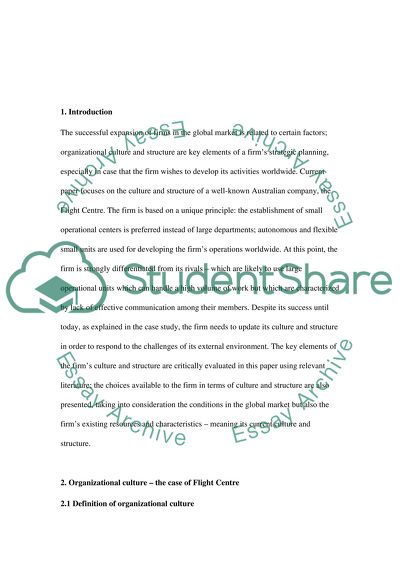Cite this document
(“Business Analysis Report - Flight Centre Essay Example | Topics and Well Written Essays - 2000 words”, n.d.)
Retrieved from https://studentshare.org/marketing/1424592-business-analysis-report
Retrieved from https://studentshare.org/marketing/1424592-business-analysis-report
(Business Analysis Report - Flight Centre Essay Example | Topics and Well Written Essays - 2000 Words)
https://studentshare.org/marketing/1424592-business-analysis-report.
https://studentshare.org/marketing/1424592-business-analysis-report.
“Business Analysis Report - Flight Centre Essay Example | Topics and Well Written Essays - 2000 Words”, n.d. https://studentshare.org/marketing/1424592-business-analysis-report.


